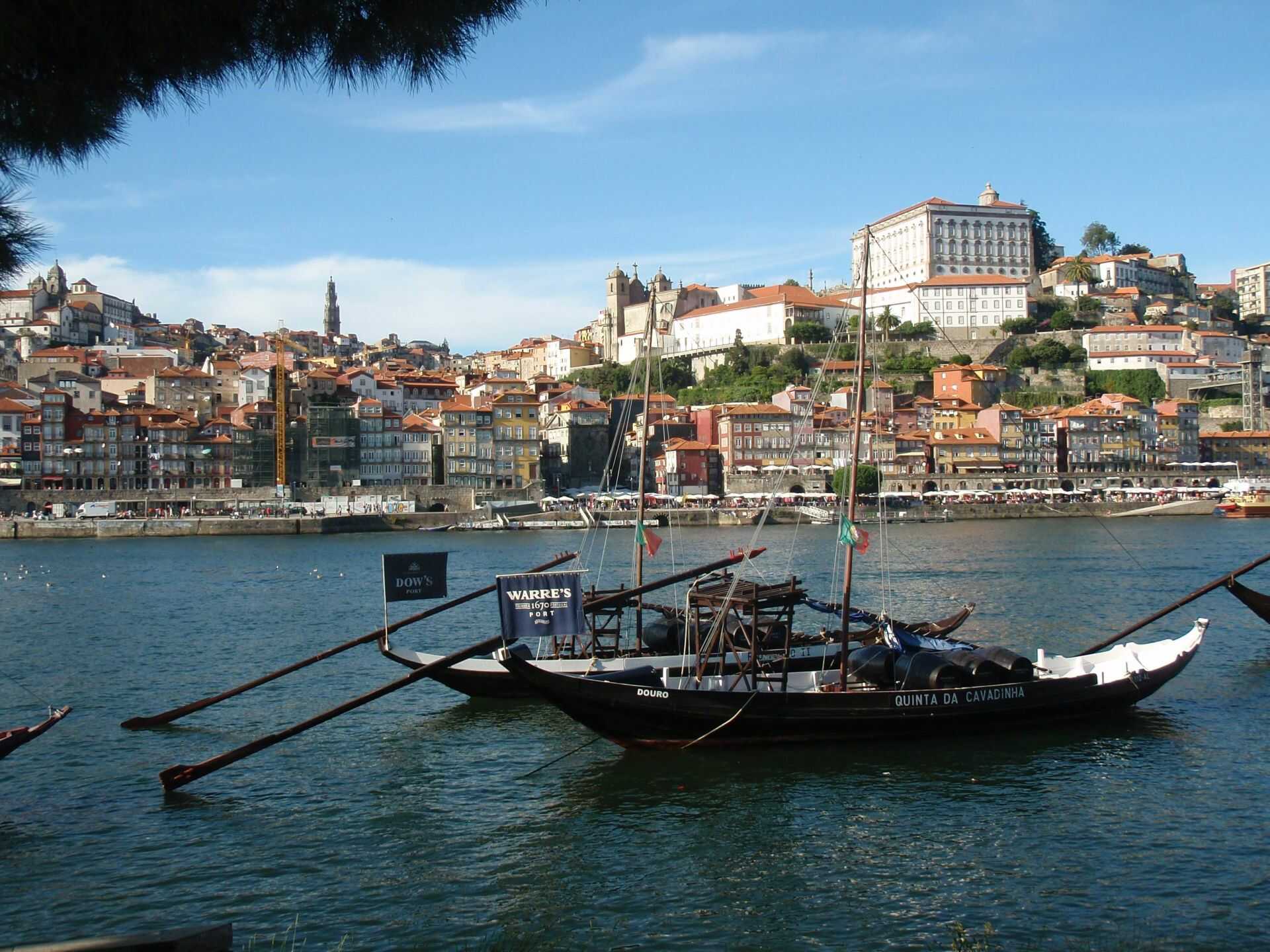Until relatively recently, the wine trade was dependent on the Douro River. All the barrels were transported on ships called „barcos rabelos“ to Vila Nova de Gaia. These had to cover distances of up to 80 kilometers from the Upper Douro area. The Cachao da Valeira gorge, with its strong currents and rocky bottom, was the main danger for the transporters. At the end of the 18th century, this bottleneck was widened and deepened.
In the 20th century, a system of dams was built and the Douro River became easier to navigate.
For better maneuverability, the barcos rabelos had a flat bottom and a long rudder, controlled from a raised platform, which allowed the crew to steer the vessel with very precise maneuvers necessary to cross the rapids. These ships were also equipped with a wide sail that helped when traveling back upstream. The crews were very experienced and courageous and together formed closely connected communities with their own characteristic traditions and customs.

The number of vessels moving along the river has fluctuated in history. In 1751, there were reportedly 50 of them in operation, but later this number climbed to several hundred. During the second half of the 18th century, in response to the growing demand for port wine, ships were built to carry 70-100 barrels. However, these were less agile and had frequent accidents, so in 1779 a limit was set at 70 barrels.

The completion of the railway along the Douro River in 1887 meant that rabelos were no longer the only means of transport on the river and their use was gradually reduced. In 1930, another 300 registered vessels were reported here, in 1961 only 6 rabelos were in operation. Road transport also started to take over transport. The rabbi’s last business trip took place in 1964.